Philips N4506 User manual
Other Philips Recording Equipment manuals
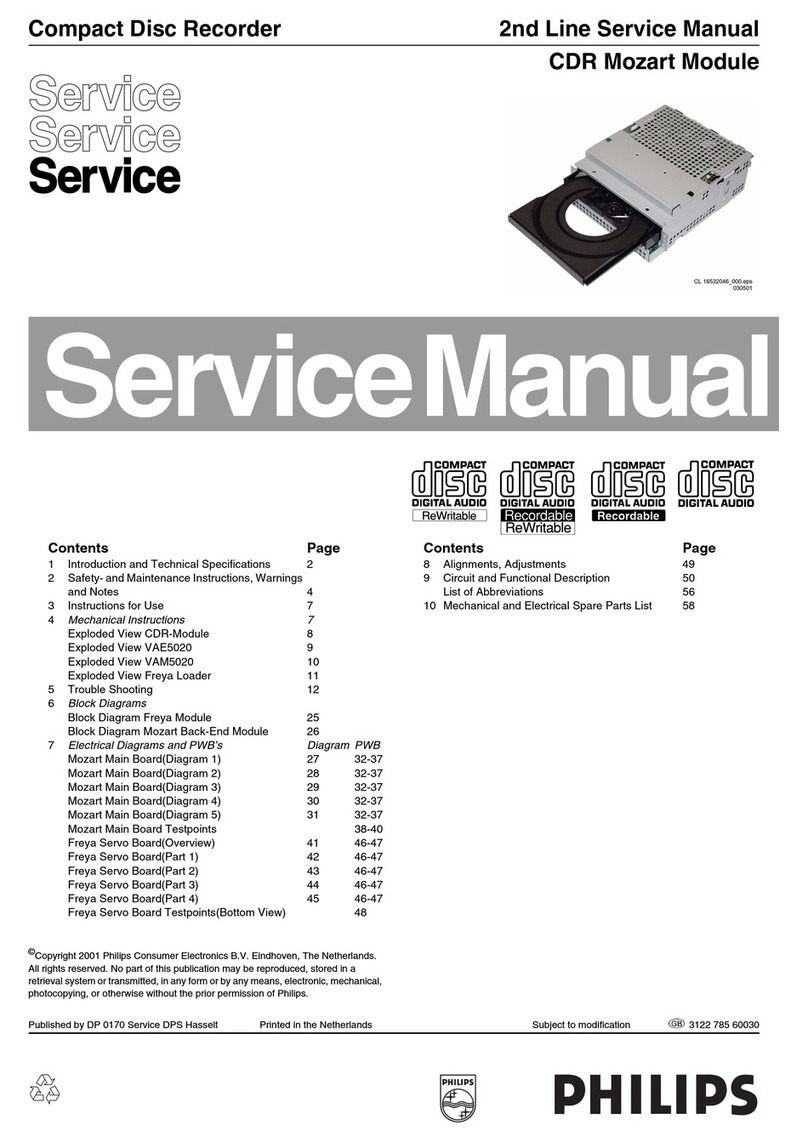
Philips
Philips CDR Mozart User manual

Philips
Philips AZ1008 User manual

Philips
Philips IS 5022 PROFESSIONAL Mark II User manual
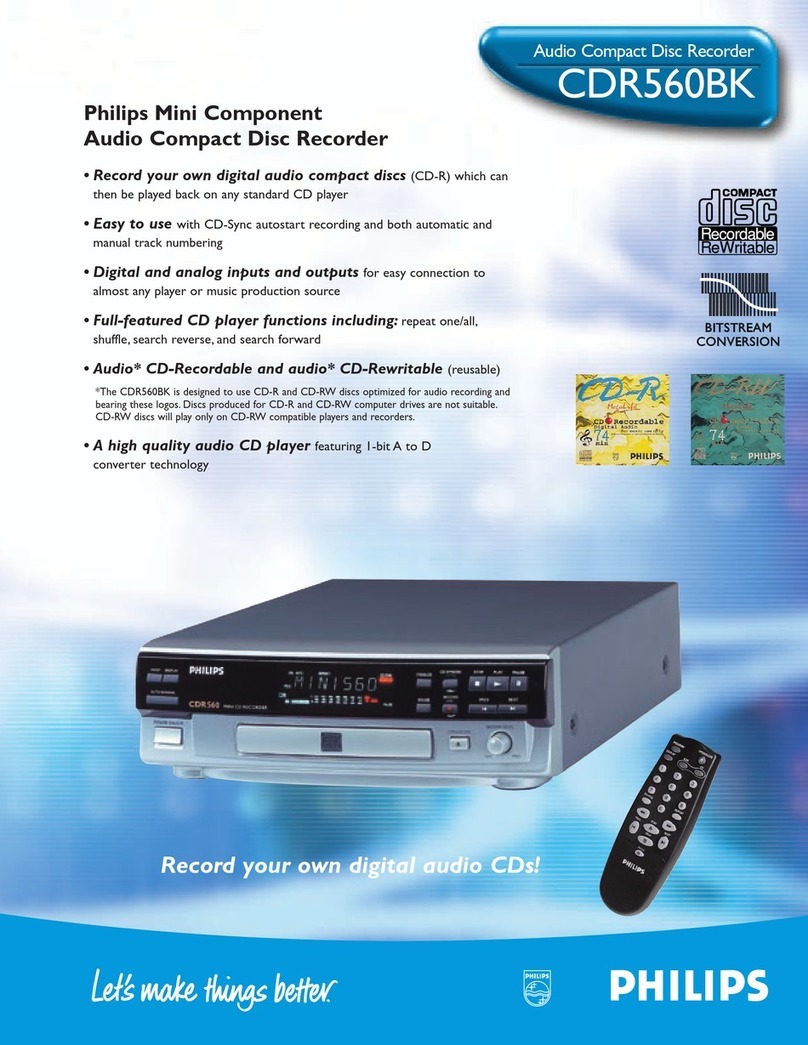
Philips
Philips CDR560BK User manual
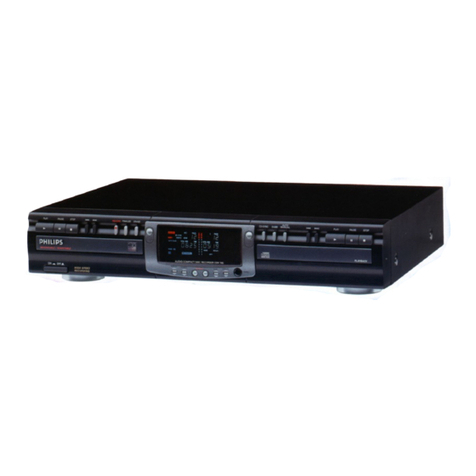
Philips
Philips CDR 765 User manual

Philips
Philips CDR560BK User manual
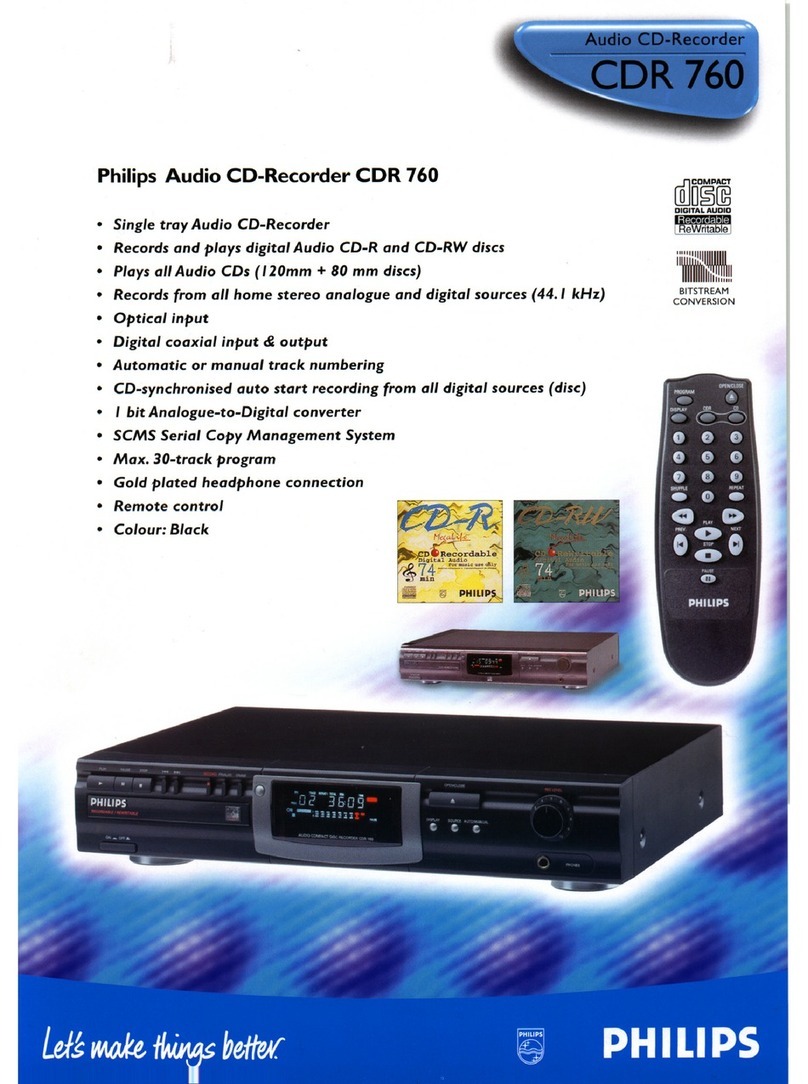
Philips
Philips CDR760BK99 User manual

Philips
Philips PBRW5224G User manual
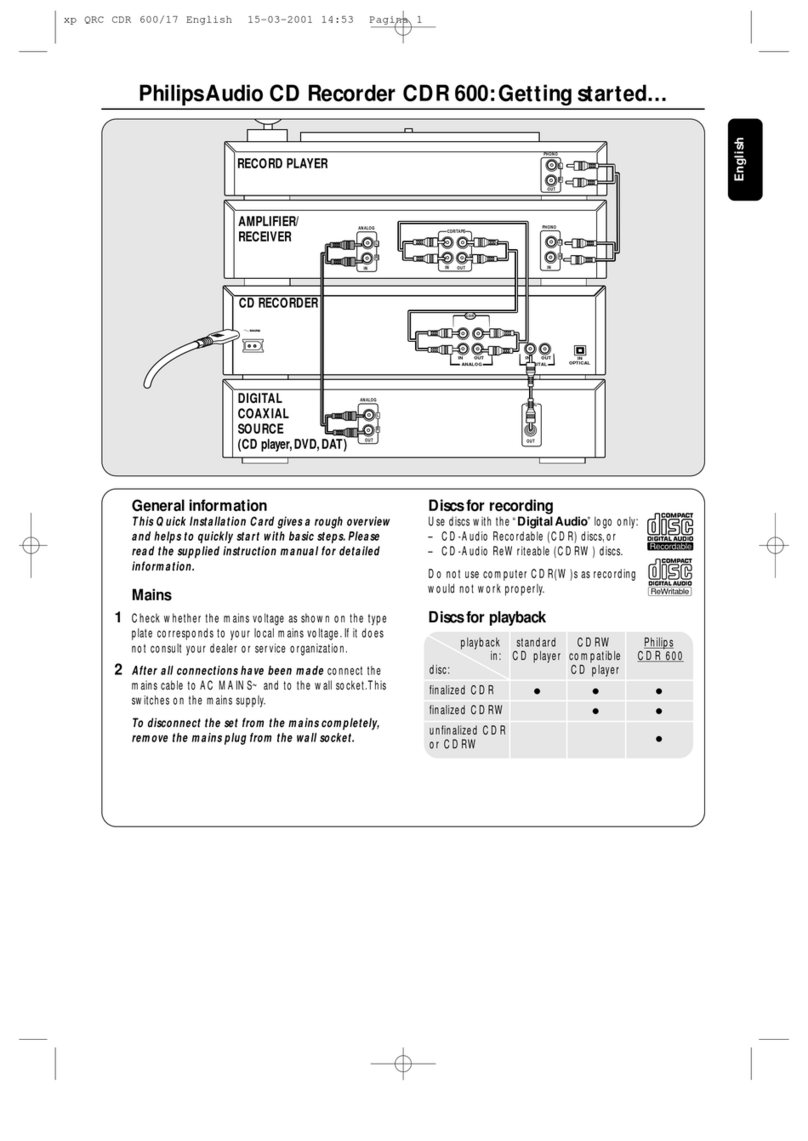
Philips
Philips CDR-600 User manual
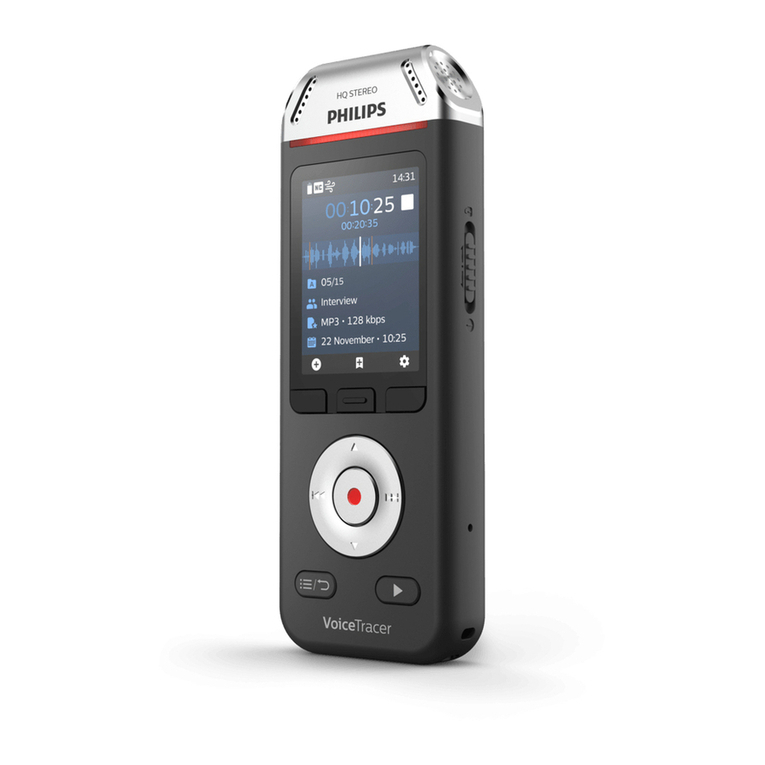
Philips
Philips VoiceTracer DVT2110 User manual

Philips
Philips VoiceTracer DVT1600 User manual
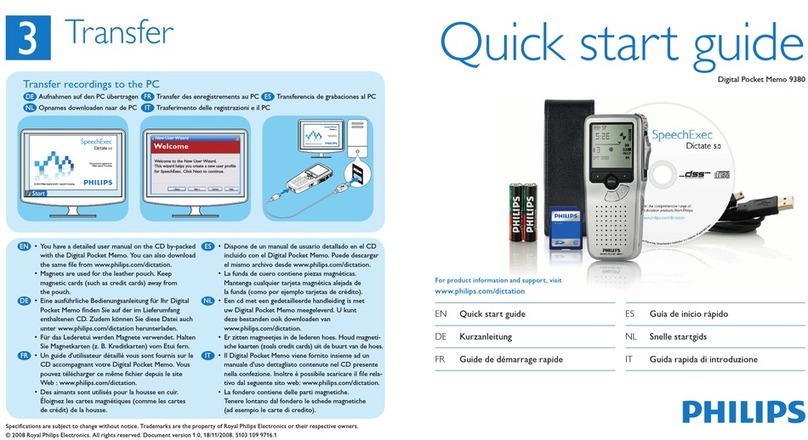
Philips
Philips Digital Pocket Memo 9380 User manual
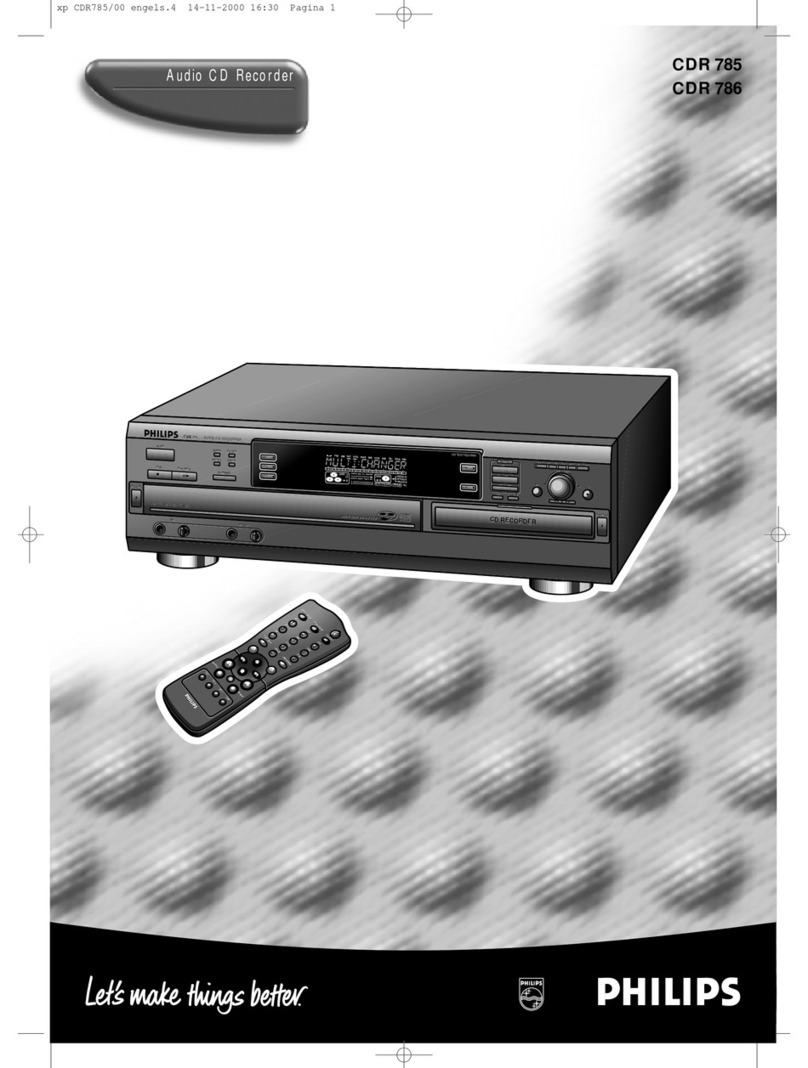
Philips
Philips CDR786 User manual
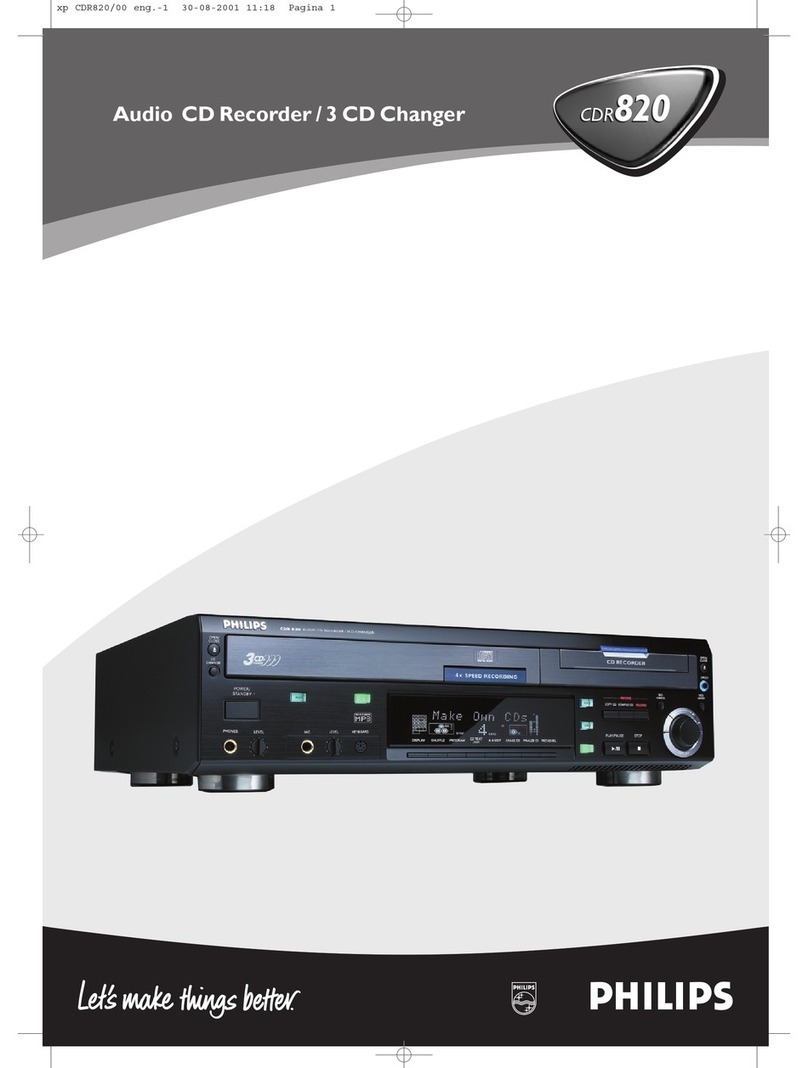
Philips
Philips CDR820/05 User manual

Philips
Philips CDR 765 User manual
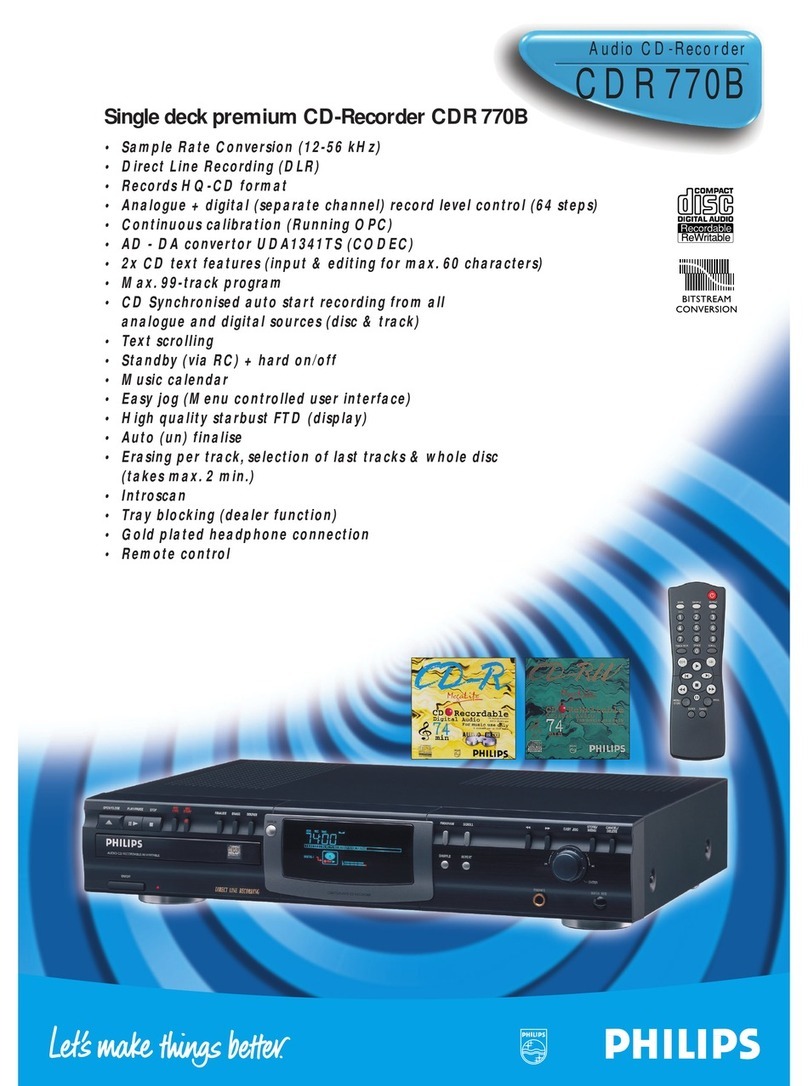
Philips
Philips CDR770BK99 User manual

Philips
Philips AZ 1004/01 User manual

Philips
Philips VOICE TRACER DVT1300 Operating and maintenance instructions
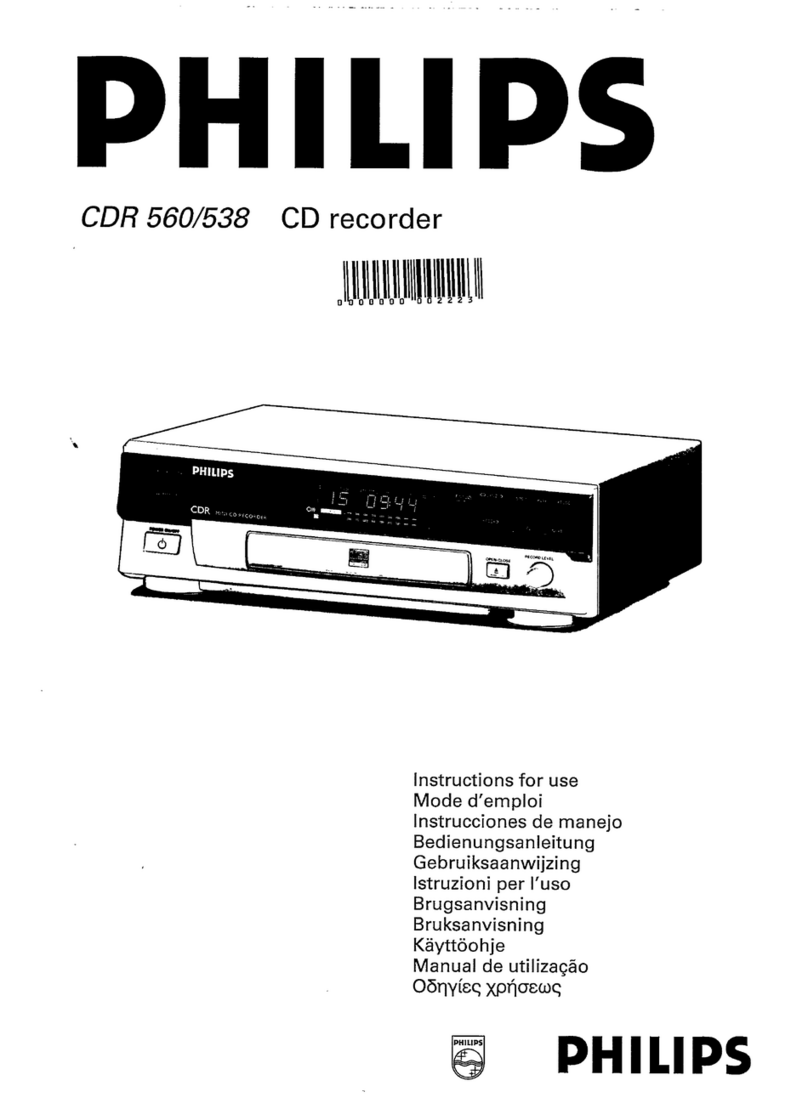
Philips
Philips CDR 538 User manual
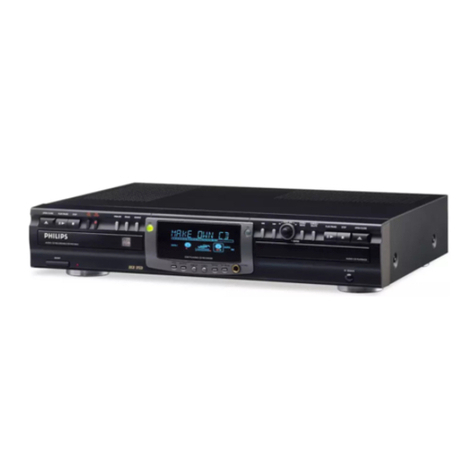
Philips
Philips CDR775/777 User manual































